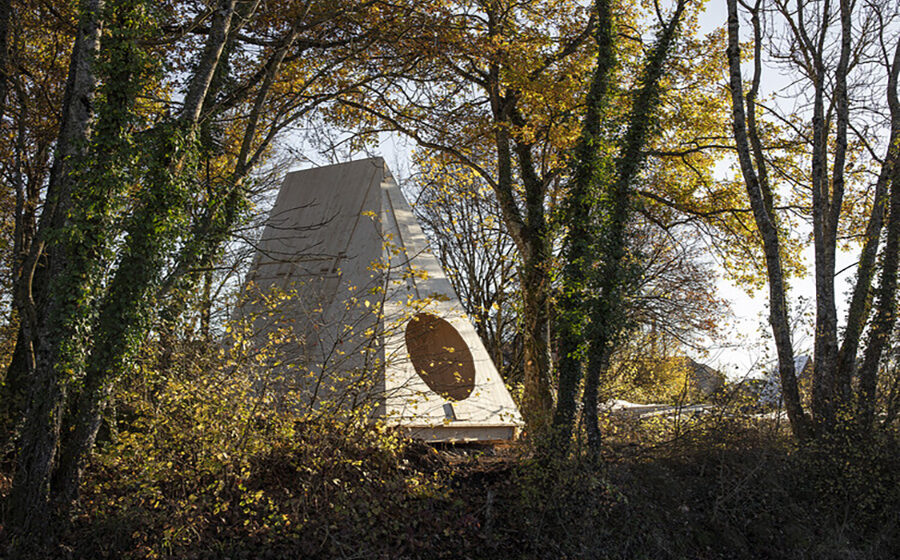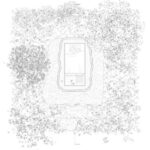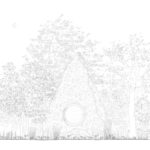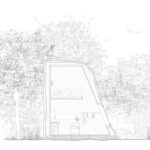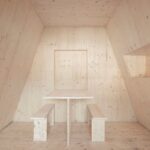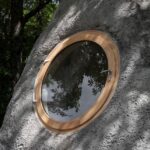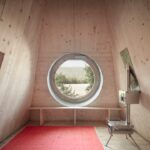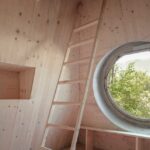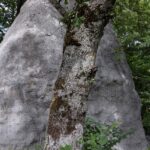In the picturesque landscapes of the Swiss mountains, a narrative unfolded, echoing the prose of Charles-Ferdinand Ramuz, the celebrated Swiss novelist. Within this literary realm emerged Antoine, a unique architectural entity sheltering nomads and nature enthusiasts since 2014. And now, in 2022, a new character joins the saga: Thérése.
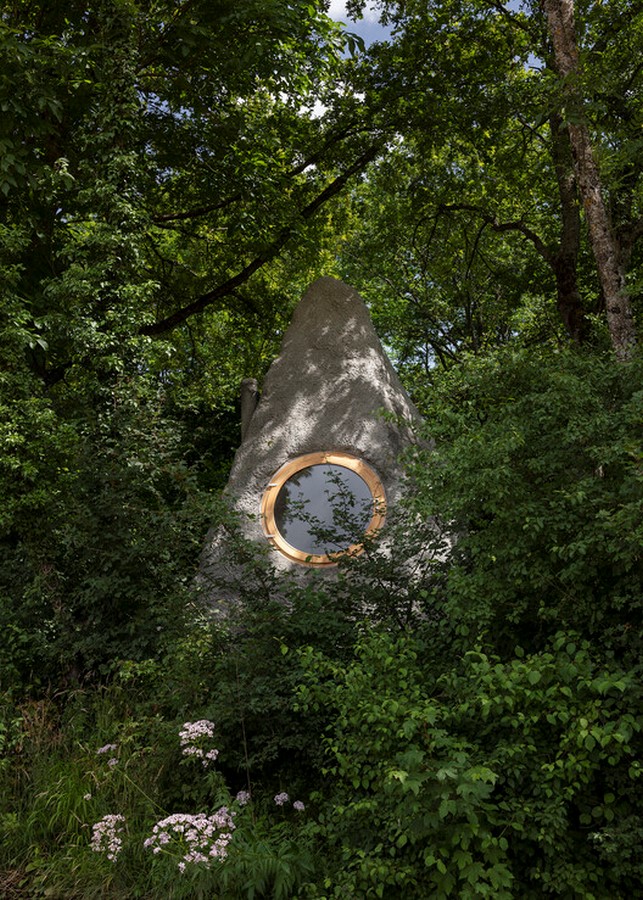
Literary Inspiration
Ramuz’s fictional characters Antoine, Thérése, and their uncle were born from historic tragedy, inspired by a devastating rock-fall in 1714 in Derborence, Switzerland. These characters, though fictional, became ingrained in regional mountain culture, embodying the essence of the landscape and its history.
Metamorphosis into Reality
With the involvement of BUREAU, these fictional beings transcended the pages of the novel to manifest as physical entities. Antoine and Thérése morphed into rocks, their forms embracing wooden architecture that now houses real inhabitants. This convergence of fiction and reality adds depth to the cultural landscape of the region.
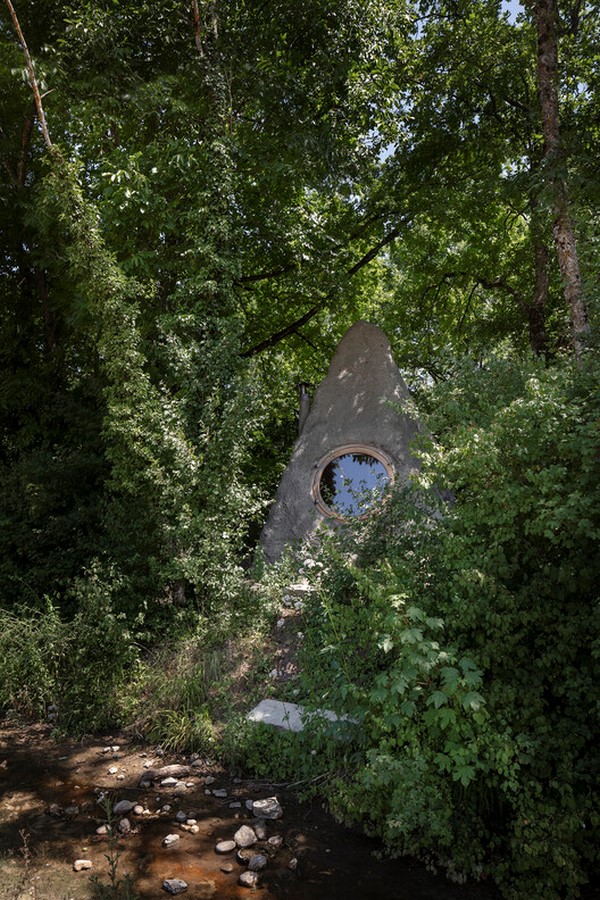
Thérése: A Continuation
Thérése emerges as the latest installment in this multi-layered narrative, following in Antoine’s footsteps. Both sculptures belong to artistic contexts, serving as cultural hubs for communities like Bermuda in Sergy, France. Thérése, like her predecessor, blurs the lines between art and habitation, fostering interconnected dependencies and communal living.
Political Habitat
Far from commercial agendas, Thérése and Antoine offer refuge outside the realms of finance and economics. Their modest abodes stand as symbols of inclusivity and humility, welcoming travelers and artists alike. Inhabiting these spaces becomes a political statement, emphasizing the importance of communal living and environmental stewardship.

Conclusion
Thérése’s integration into the landscape of Sergy marks another chapter in the evolving story of livable sculptures. As these architectural entities continue to blur the boundaries between fiction and reality, they remind us of the power of art to shape our environments and narratives, weaving together history, culture, and community.

